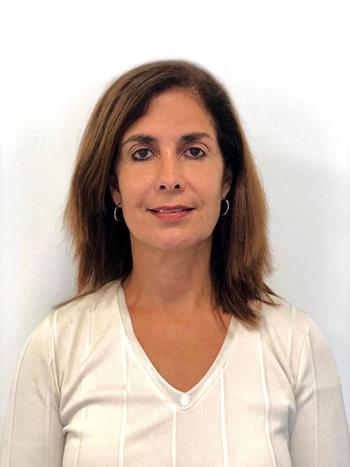Episode 85: Importance of Early Detection of Swallowing Disturbances
Since swallowing involves a complex and coordinated sequence of muscular movements, it is not surprising that difficulties swallowing food or liquids are common in a movement disorder such as Parkinson’s disease (PD). They can cause problems from the inconvenient to troubling, dangerous, or life threatening. Drooling is uncomfortable and can result in social isolation. Not taking in enough food to get adequate calories and nutrients may cause hunger, malnutrition, weight loss, and frailty. Obstruction of the trachea (windpipe) or having food or liquid reach the lungs can be life threatening.
The medical term for impaired swallowing is dysphagia. Fortunately, much can be done to help people with dysphagia, starting with an evaluation by a speech-language pathologist (SLP). This medical professional will take a history, asking about the problem, when it occurs, and how severe it is. The SLP will do a physical examination related to swallowing and a video x-ray or will use an endoscopic camera to visualize the swallowing process while the person with PD consumes foods or liquids with different consistencies, following them from the mouth to the stomach.
Once the form and extent of the problem is determined, the SLP can recommend various techniques for the person to do, as well as recommend ways of preparing foods and liquids that may help alleviate problems. SLP Yael Manor, PhD of the Tel Aviv Medical Center in Israel, a Parkinson’s Foundation Center of Excellence, describes the extent of the problem of dysphagia among people with PD, how she evaluates problems, and ways to alleviate them.
Released: July 14, 2020
Want more?
Don't forget to subscribe! There are many ways to listen: Apple Podcasts, TuneIn (Amazon Echo), Spotify or RSS Feed. (Need help subscribing? See our quick guide.)
For all of our Substantial Matters podcast episodes, visit Parkinson.org/Podcast.
Related Materials
Related Blog Posts


Parkinson's Medications 101

